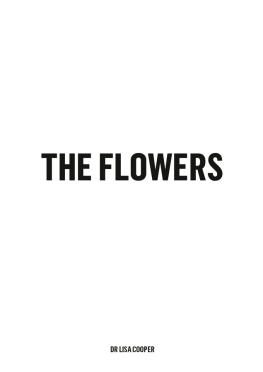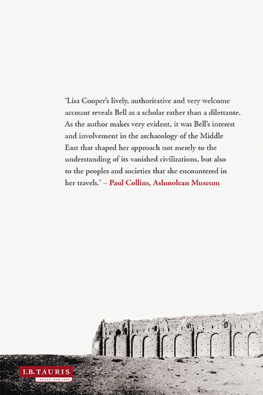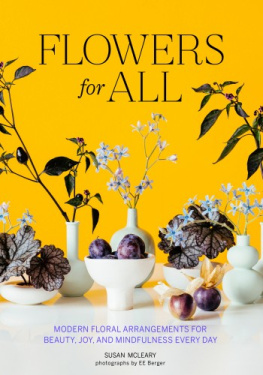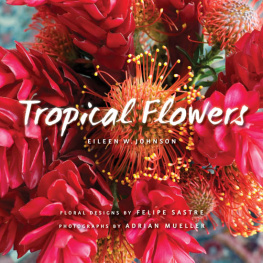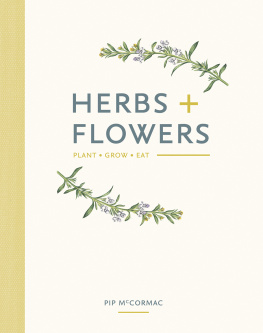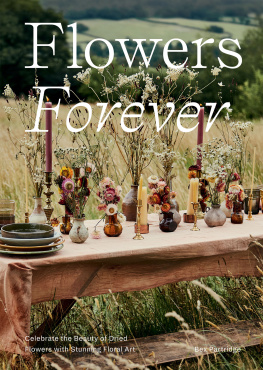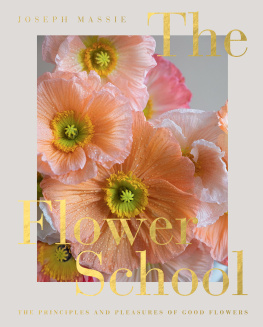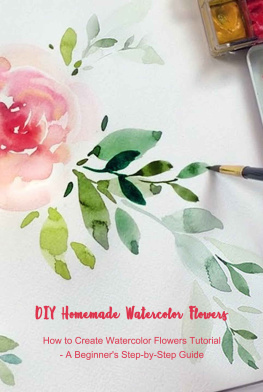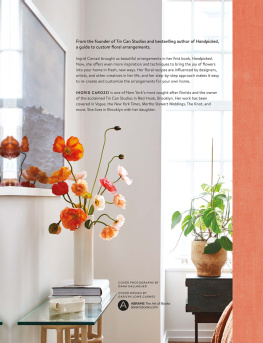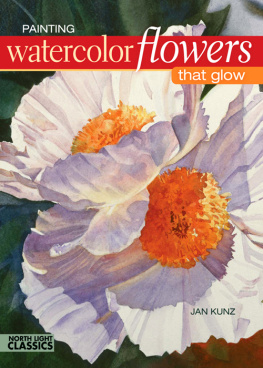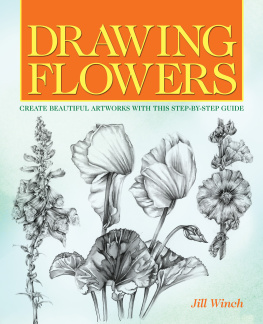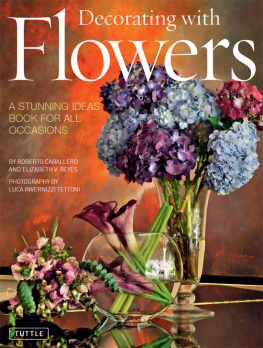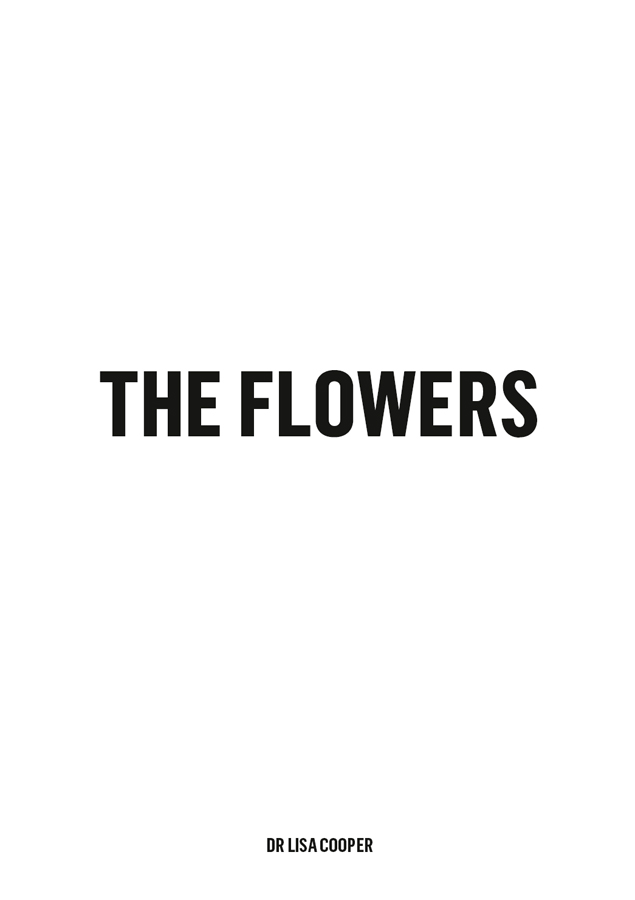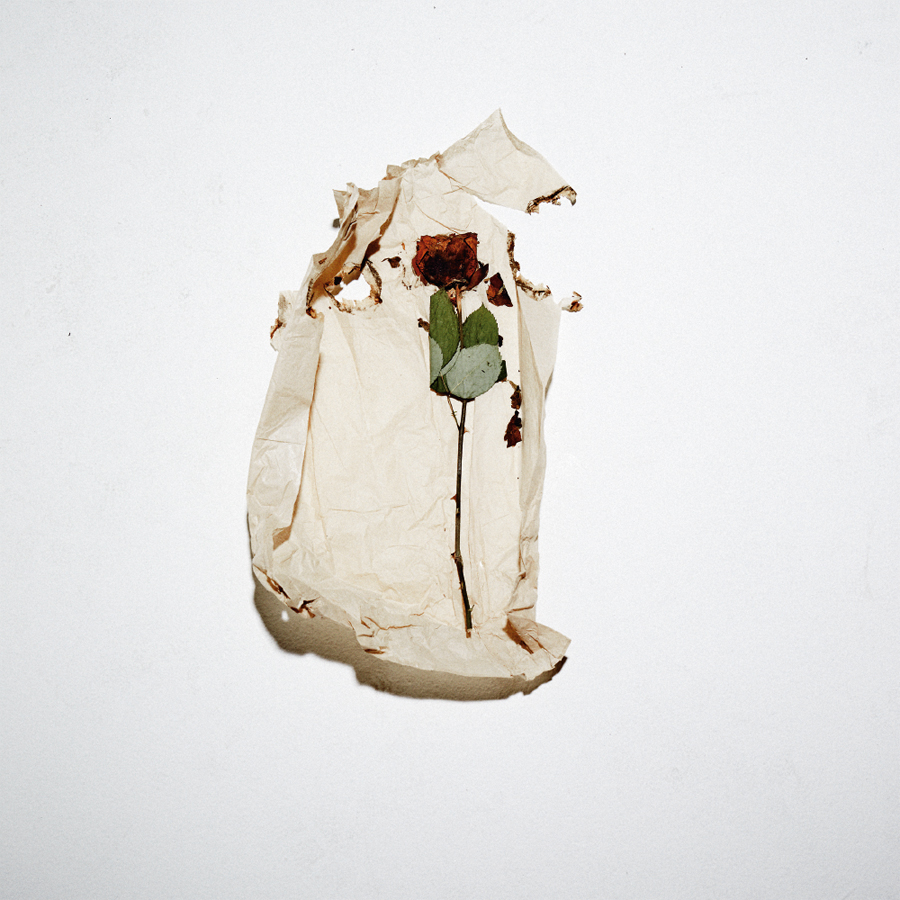FOR MY FATHER
GARY COOPER
THE BUTCHER.
(19501988)
FOREWORD
The red rose from St Thrse pressed and travelled home in Bobs Chanel tie box.
To begin, you have to imagine an old port town two hours or so northwest of Paris. Located in Normandy on the banks of the estuary of the River Seine is Honfleur, a popular tourist destination from which travellers can explore the region: the D-Day beaches are nearby, and Monets famous garden at Giverny is just an hour away by car. And its not surprising that those travelling to nearby Lisieux to pay homage at the Basilica of Saint Thrse would also choose to stay in the historic seaside town rather than join the million other tourists at Frances second most popular pilgrimage site after Lourdes.
On the outskirts of Honfleur is its famous hotel, La Ferme Saint Simon. A cluster of restored seventeenth-century timbered and shingled farmhouse buildings, many adorned with fragrant window boxes, the hotel was once the haunt of Impressionist painters. The likes of Gustave Courbet, Claude Monet and the locally-born Eugne Boudin were drawn not just to the surrounding gardens, but to the coast, enchanted by the light and the mackerel skies the many moods whipped up by the turbulent waters of the Channel.
A few years ago, a young artist and her friend on a research trip to France decided to book into La Ferme Saint Simon. While its illustrious artistic history was an obvious attraction, the real reason was a growing fascination with the life and work of Saint Thrse of Lisieux.
Now imagine this: early morning and coffee has been ordered. A gentle knock and a tray is delivered: two cups and saucers, a pot of steaming coffee and a jug of warm milk. La Ferme Saint Simon, two weary but excited travellers, the start of day one
The young artist and her friend have booked into the hotel for four nights. They are on a pilgrimage, bound for Lisieux and, overlooking it, the Basilica of Saint Thrse, the focus of their journey. On their way to Lisieux later that morning, roses are bought an offering for St Thrse. The nuns, they have heard, say that when Thrse hears your prayers a rose will be received in return.
In the chapel for silent prayer, the young artist asks St Thrse for inner peace an enduring calmness to end difficult and unsettling years. Laying down her gift of roses, its time, she thinks, to garner strength and put the past to rest or, rather, to find ways of using it to energise the artworks she imagines she will be making. The enigmatic saintly figure has been a glowing presence since childhood: now Thrse of Lisieux emerges as catalyst, surrounded by roses and radiating light, perhaps she will suggest a way forward a path to follow.
Day two at La Ferme Saint Simon begins as the first the knock at the door and morning coffee. The tray is set as before, but today a single red rose lies beside the cups. A sign? A rose in return? The friends decide it is a gift to be pressed between paper sheets, flattened and preserved a bloom to be kept and treasured.
Theres more exploring to be done in St Thrses domain before leaving France: another two days to discover more about this woman and the miracles she performed. Two more breakfasts to be delivered, each knock and tray eagerly anticipated.
But there would be no more roses. That single, mysterious rose the day after the offering to St Thrse was it it had to be a sign. As the nuns had said, St Thrse had heard her prayer.
For the young artist, the gesture was an affirmation, a beginning. The opening verses of My Joy one of 54 poems included in an authorised edition of St Thrses writings (published by ICS Publications in 1995, translated by Donald Kinney) provided solace and inspiration:
There are some souls on earth
Who search in vain for happiness,
But for me, its just the opposite.
Joy is in my heart.
This joy is not ephemeral.
I possess it forever.
Like the springtime rose,
It smiles at me every day.
Truly Im so happy.
I always have my way
How could I not be joyful
And not show my cheerfulness?
My joy is to love suffering.
I smile while shedding tears.
I accept with gratitude
The thorns mingled with the flowers.
As it turns out, that rose on the breakfast tray (hastily pressed but a preservation failure, hidden in a tie box and smuggled back home) grew to become an enduring obsession. For the artist it has come to symbolise the gift of giving. And a way forward has been found in the love of working small miracles with flowers.
THE FLOWERS, a photographic project tracing the journey of plants and flowers from their growers to the Sydney Flower Market, to a studio and into the hands of an artist, represents the blooming of that young artist.
In many ways the book is a natural progression from postgraduate studies, a doctoral thesis and a voyage of self-discovery that culminated in a trip to France to trace the life of one of her heroes, St Thrse of Lisieux. But the seeds for the floral compositions reproduced to accompany the stories and anecdotes that make up this book were sown much earlier in The Crucible Project (2008) an installation of six video works completed as the artistic manifestation of the ideas explored in the doctoral thesis, METAXU: A Metaphysics of the Annihilation of Self in Video-Portraiture. (Imaging Mediations Between the Human and Divine) , 2009. Presented in a wharf-side, refurbished industrial space, The Crucible Project was my introduction to the work of Lisa Cooper, The Butchers Daughter soon to be Dr
The projections video portraits with compelling titles: Self portrait with onions; Silence has teeth; Still waiting for Weil; Self portrait waiting in marionette F1 crash on Judgment Day for Jesus to call with a safe place; Actor failing to describe the space between God and Man; and A lament blurred boundaries between the technology of production, notions of representation, and the self. The work encapsulated the artists fascination with the space between metaxu.
Still the Doctor works between. The floral compositions merge an art practice that once focused on solid, permanent materials with an idiosyncratic creative process that now involves the ephemeral, the temporal and the fragile bursts of nature. THE FLOWERS while a celebration of everything that is vibrant and dynamic reminds us all that our passions are tempered by circumstance, and that our strengths are masks for vulnerabilities. Life as Doctor Cooper has discovered in her love of roses is about accepting the thorns amidst the flowers.
Ewen McDonald
Marie Franoise-Thrse Martin, born 1873, became a Carmelite nun in her teenage years. Sister Thrse of the Child Jesus of the Holy Face devoted her life to saving souls. Two years after her death in 1897, her grave became a site for those seeking the miraculous especially French soldiers during the First World War. By 1923 beatification had begun: her remains were removed to the Cemetery of the Carmelite Convent and in 1925 she was canonised. It was decided that a large basilica dedicated to her would be built in the place where she lived and worked. The foundation stone was laid in 1929 and a crypt decorated with mosaic representations of the spiritual life of Saint Thrse was finished in 1944. It was here that locals and the Carmelites took refuge during the fighting of the summer of 1944. The basilica was finally completed in 1954. In 2000, adjoining the crypt, a chapel was built, devoted to silent prayer.

